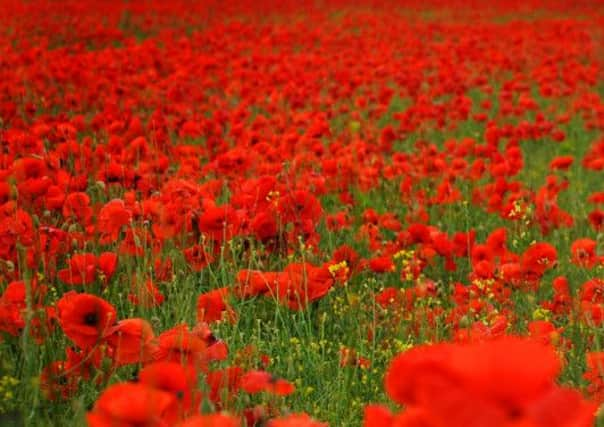Poppy graves idea would not work


The red poppies have come to symbolise our joint Act of Remembrance following on from the sea of poppies that flourished following the battles of the First World War. Their abundant growth was solely due to the fact the soil had been disturbed in the hostilities and dormant seeds encouraged into growth as the poppy is a native plant of cornfields, not of wildflower meadows.
The area in the cemetery is being managed under wildflower meadow criteria and it is impossible to cultivate the land each year to try to replicate the conditions as in a cornfield.
Advertisement
Hide AdAdvertisement
Hide AdThis surge of poppies germinating from cultivated ground was very apparent in Clitheroe in the summer of 2000 when myself, having taken over the sponsorship of the roundabout by Clitheroe Royal Grammar School, after cultivating and replanting the site, dozens of the Opium Poppy (Papaver somniferum) appeared with bright red and pink flowers and a local schoolteacher remarked to me it was a good job some young people did not know what type of poppy that was growing on the roundabout that summer!
Likewise in the publicity material for the new issue of “Post and Go British Flora – Symbolic Flowers” stamps, due out on September 17th, the caption to the Common Poppy stamp says – “An iconic flower that famously thrives in disturbed ground”.
These six stamps are very beautiful and evocative and if anybody wants to obtain the set please contact Royal Mail Philatelic Bureau on 03457 641 641 or at www.royalmailstamps.com/postandgo. It is very fitting to have such a fine set of stamps for this, the 100th anniversary of this tragic event.
Peter Foley,
Waddington